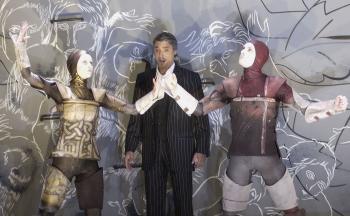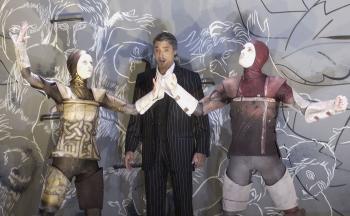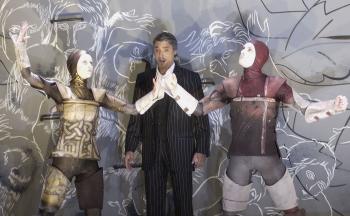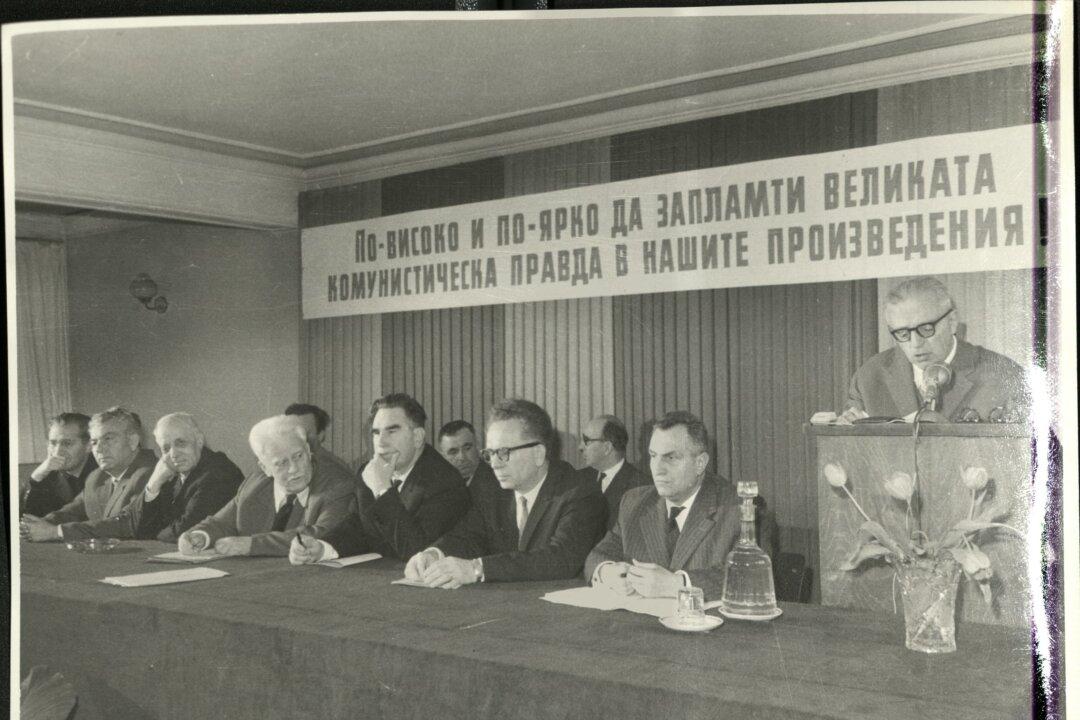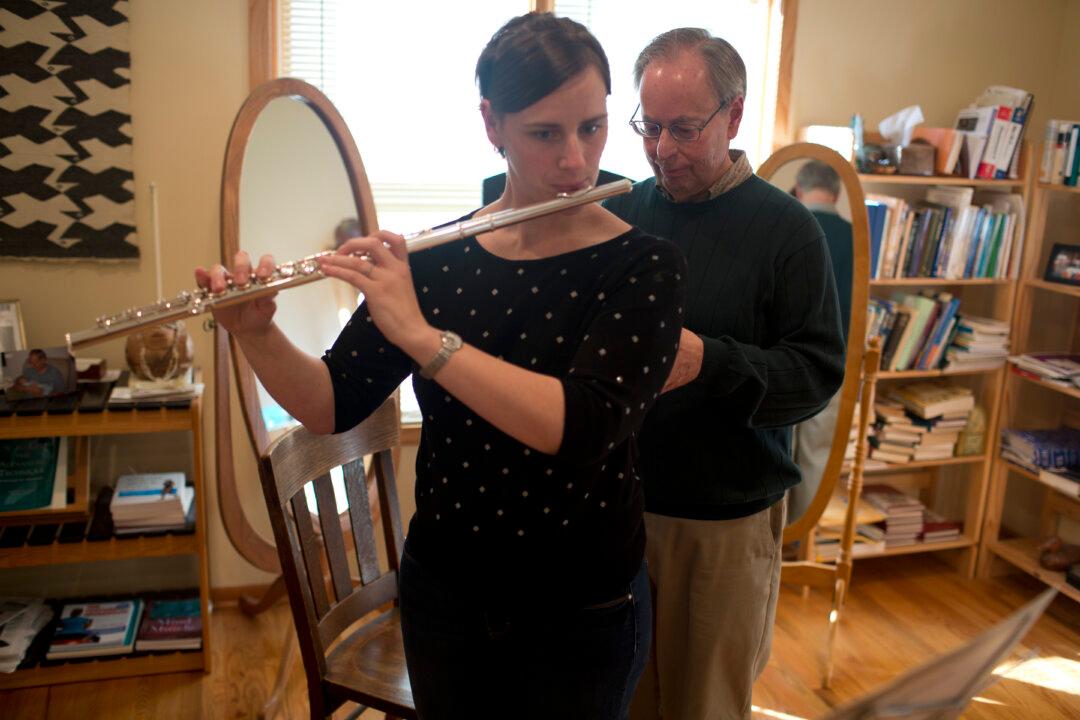Nobody seems to know what made Italian composer Claudio Monteverdi ask the musicians playing his opera Il Combattimento di Tancredi e Clorinda to pluck their violin strings in 1638, but his eccentric fancy led to the establishment of one of the most popular effects in the world of stringed instruments.
The word “pizzicato” comes, naturally, from Italian and literally means “to pluck, to prick, to sting.”
Playing pizzicato requires the instrument’s strings to be plucked with the fingers. Depending on how and where the musician plucks them, the sound that is produced varies from brief and dry high notes to long-lasting and resonant low tones.
The harp is the most popular orchestral instrument played by plucking. Other suitable instruments are the violin, double bass, guitar, mandolin, banjo, zither, ukelele, lyre, lute, and harpsichord.
The technique is peculiar in its creation of abrupt, detached, and separated tones which, in the Italian language, are referred to as “staccato.” But playing staccato doesn’t necessarily require using pizzicato technique, and neither affects the rhythm of the melody.
Usually composers instruct musicians to perform pizzicato by jotting the abbreviation “pizz” or by putting a dot above the note head (when the stem points downward), or below the note head (when the stem points upward). The return from pizzicato to normal playing is indicated by the Italian word “arco.”
Pizzicato is the opposite of legato, which presumes playing the notes smoothly without stopping.
The word “pizzicato” comes, naturally, from Italian and literally means “to pluck, to prick, to sting.”
Playing pizzicato requires the instrument’s strings to be plucked with the fingers. Depending on how and where the musician plucks them, the sound that is produced varies from brief and dry high notes to long-lasting and resonant low tones.
The harp is the most popular orchestral instrument played by plucking. Other suitable instruments are the violin, double bass, guitar, mandolin, banjo, zither, ukelele, lyre, lute, and harpsichord.
The technique is peculiar in its creation of abrupt, detached, and separated tones which, in the Italian language, are referred to as “staccato.” But playing staccato doesn’t necessarily require using pizzicato technique, and neither affects the rhythm of the melody.
Usually composers instruct musicians to perform pizzicato by jotting the abbreviation “pizz” or by putting a dot above the note head (when the stem points downward), or below the note head (when the stem points upward). The return from pizzicato to normal playing is indicated by the Italian word “arco.”
Pizzicato is the opposite of legato, which presumes playing the notes smoothly without stopping.

